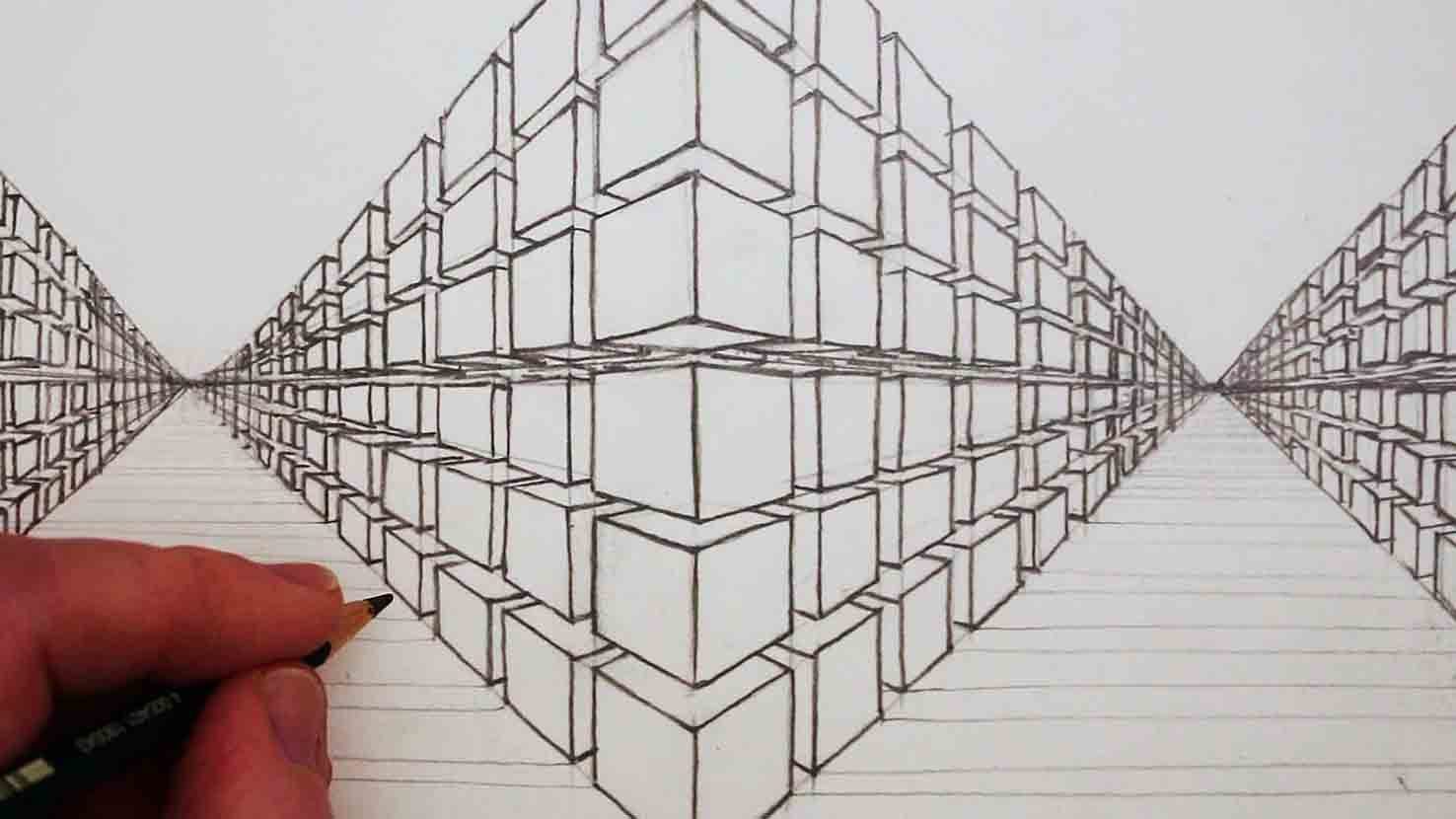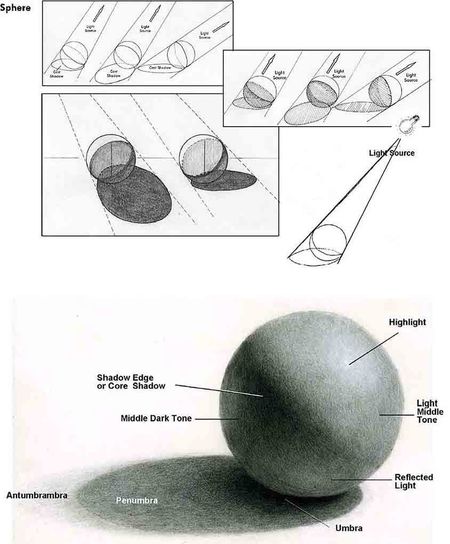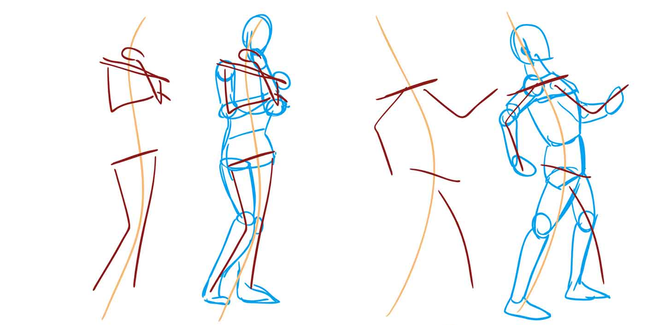4 key exercises when learning to draw
Website Editor • February 26, 2020
Drawing sounds simple in theory - creating something from in front of you or from your imagination using 2D lines on a piece of paper. But anyone who is new to art can tell you it’s not as simple as it sounds. There are some physics and fundamental ideas you need to practice and understand before you can become a master artist. They are perspective, proportion, lighting and shading, and shapes and forms. All of these things together result in realistic artwork. Once you understand these rules, you can break them to create surreal imagery, cartoons, and more.
Perspective
It’s important to understand perspective if you want to create artwork that has a 3D effect. It’s a way to communicate the relationship between objects spatially. For instance, showing that an apple sits in front of an orange or communicating the length of a long hallway. Depth is important for realism. Objects change size and sometimes shape depending on how far they are away from the viewer. When you understand this relationship, you can create realistic looking artwork.
You can practice perspective by drawing objects on, beyond and in front of a horizon line. You can also practice drawing perspective lines and vanishing points to get used to the idea of objects shrinking and getting closer together as they get farther away.

Proportion
The idea of proportion is one of the hardest for many artists to grasp. Have you ever tried to draw something and it just seemed off or wrong and you couldn’t decide why? Have you ever tried drawing a portrait and found it looked silly and cartoonish no matter how hard you tried? It was very likely that the proportions were off. Proportion has a lot to do with mathematics, balance and the Golden Ratio. But it also a learned skill that requires a good eye and practice.
Lighting/Shading
When attempting a lifelike drawing, you need to be able to achieve shading, which imitates the effect of light on objects. In order for an object to be seen, there has to be light hitting it. Light will affect colour and shade on various sides of a 3D object.
When drawing, you first have to establish a light source or where the light is coming from. A realistic object not only has shading, but will have a bright spot where the light is most concentrated and a shadow where the object blocks light. You can study this in real life with almost any object.
Shapes and Forms
When drawing real objects, you may be surprised to find that all things are made up of a few very basic shapes at their core. These are:
- Circles
- Squares
- Triangles
In 3D or realistic drawings, these shapes become spheres, cubes, pyramids, cones and cylinders. When drawing something, you first want to find each of these shapes in each piece of the subject. For example, an ice cream cone is nothing but a sphere on top of an upside down cone. The human form is made up of a few spheres for a head and mostly cylinders for the torso and limbs. If you can sketch these simple shapes in the correct proportion first, you can then fill in all the details to finish the sketch.
Articles

The United Nations has described the disruption to education caused by the pandemic as ‘unparalleled’. At the virus’ worldwide peak in April, it is estimated that over 90% of all enrolled learners, from kindergarten to bachelors and beyond, had their education affected by school closures and the pandemic (UNESCO). For many university students and older children, they have had to adapt quickly to online learning. They can keep in touch with their peers and teachers online and continue their studies, albeit in a highly modified way. As challenging as this may be, this experience will help equip them for a future that is increasingly online. For parents of younger children, they are assuming a new role: their child’s home school teacher. This is in addition to their usual childcare and household duties, their work responsibilities and often emotional and financial worries caused by the pandemic. Stressful? Yes. The good, and somewhat surprising, news? The experts advise that you don’t teach your children - at least not in the way you might expect.

If the recent outbreak of Covid-19 has taught us anything, it's that many adults do not wash their hands effectively. It has never been more important that we support our children to develop good personal hygiene to keep themselves and our families safe. This seemingly easy task can be very difficult for children with fine motor skill difficulties. In this article, we explore some ideas to support your child with hand washing.

Lockdown has brought the digital future into the now. Online shopping, entertainment, education and more have moved from the periphery to the mainstream to, in many cases, the only option. With the necessity of social distancing looking to continue for many months, it appears that this rapid digital revolution is here to stay. This means that life as we know it, in most of its sectors, has changed forever. In order to survive, businesses are having to adapt rapidly, embrace technology and look to the future. Architecture is no exception. There has been a widespread adoption of technology and VR over the past few months in response to the lockdown across all of society. Elderly grandparents who were once resistant to adopt new technologies talk of “Zooming” and have started video chatting with their family members to combat loneliness. Art galleries that were once considered stuffy or pretentious are now pioneers in VR technology, with Google Art & Culture offering tours of London’s National Gallery or the Musee D’Orsay in Paris. These virtual tours deliver art in a dynamic new way that can be far more engaging than regular photos. Critics have applauded the panoramic and immersive views of gallery building and exhibitions which work well for rendering of 2 dimensional art, however impressions of sculpture is somewhat lacklustre. With VR technology, users can enjoy a truly immersive experience in the comforts, and safety, of their own home. The COVID-19 pandemic has served as an accelerant for the arts and entertainment industries to embrace VR.






